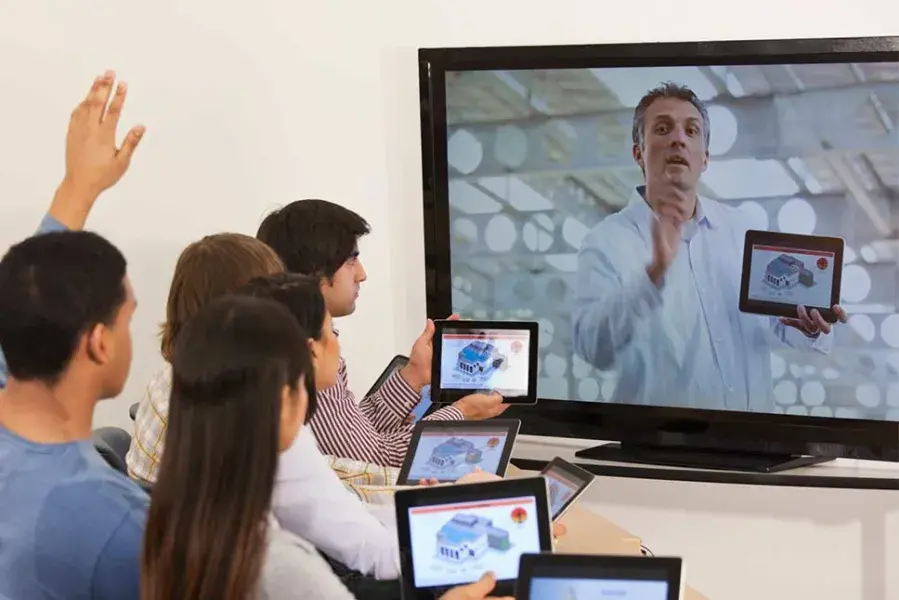There was a time when books were expensive and rare. At the dawn of the modern age, a novel solution emerged: rather than force students to purchase books, educators would use their voice to deliver the same information. Higher education professors began to give lectures to large groups of students, all at the same time. Sometimes these lectures involved elaborate demonstrations, as when a Dutch doctor gave this infamous anatomy lesson. More often, the lecture was nothing more than a man reading out loud to an audience. In fact, the word “lecture” descends from the Latin word “to read.”
Today, information is everywhere. Most books in print are relatively affordable. Libraries are racing to upload their collections, and the Internet has opened up vast storehouses of knowledge.
As a result, some people would say that the problem that lectures were meant to address has largely been solved. Therefore, lecturing students seems rather quaint. Here are four alternative methods that educators are using to replace the traditional lecture.
Peer Instruction
One of the best ways to prove you’ve learned something is to teach it to someone else. In peer instruction, students work in pairs or small groups. They split up the material between them, and then each student is responsible for learning only part of the subject. Once they’ve learned their part, they then teach it to their partner or to the rest of the group.
Eric Mazur of Harvard University has been promoting this pedagogical approach since 1991. He believes that students, being new to a subject, are able to explain it in terms that other students can easily understand. Mazur explains, “When I say it, it may sound very clear and convincing {to me}, but to the students you are not really helpful.”
Flipped Classroom
In this scenario, the teacher assigns students to watch a video or read material outside of class. Then, when students return to class the next day, they use their class time to work on exercises and practice what they learned. The teacher acts as a facilitator, monitoring their progress and stepping in to help when they get stuck.
Khan Academy popularized this approach with its online instructional videos. It has proven especially useful for teaching math. But it’s not really a radical turn away from the lecture. It simply “flips” the lecture with homework in reverse order. Now the class is used for practice, while instruction happens on a screen outside the classroom.
Project-Based Learning
With this method, the teacher puts students into groups and gives them a specific challenge: record and edit an animated video; build and launch a rocket; or design a product and sell it at a profit. The key is for the teacher to provide very little direction. Students are responsible for doing their own research and solving problems for themselves, with minimum guidance. Class time is devoted to group collaboration. When the project is complete, each group presents to the rest of the class their project results and, more importantly, what they’ve learned along the way.
Several high schools and colleges have already found great success by adopting the project approach.
Competency-Based Learning
In this system, the curriculum sets forth certain required skills, and students are expected to demonstrate their competence at performing tasks such as writing a five-paragraph essay, showing that they can read and interpret a balance sheet, or identifying the causes that led up to the Civil War.
Competency learning happens most often at the college level. This approach is similar to project-based learning. But where projects are more open-ended in terms of what students might discover, competency learning starts with a specific objective in mind. Usually, students choose the order in which they tackle each competency, and instead of groups, they typically work alone.
Which of these approaches works best? It all depends on the subject, the instructor’s strengths, and the unique mix of students. Our intention is not to recommend one approach over the others. It’s always best to use them in concert with each other. And if your public speaking abilities are solid, then you might find an occasional lecture is just the thing to inspire a classroom full of curious young people.
Written by: Michael Mussman
Michael Mussman is a contributor to the UAGC blog.
